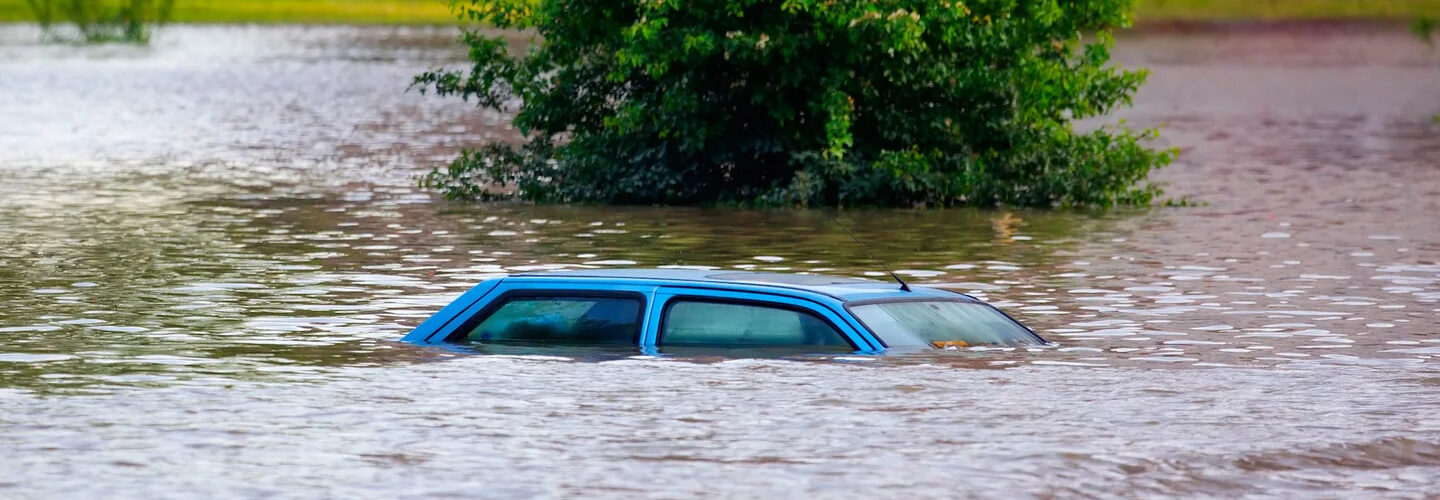Hurricane Ian caused billions of dollars in damage when it hit Florida in the fall of 2022. Along with $112 billion in damages, 152 fatalities, and countless uprooted lives, the fallout included at least 12 electric vehicle fires caused from lithium-ion batteries coming into contact with saltwater flooding in from the ocean. Unlike standard fires, however, these battery blazes require a significant amount more water to quell them due to their unique chemical reactions, with the International Association of Fire Chiefs suggesting somewhere between 3,000 and 8,000 gallons of sustained dousing.
It’s an unfortunate downside to EVs’ lithium-ion power sources, especially as coastal flooding increasingly becomes the norm, but a promising new alternative could one day be available to carmakers. Thanks to novel breakthroughs at the University of Central Florida electric cars could one day embrace saltwater instead of avoiding it entirely.
A research team at UCF’s NanoScience Technology Center recently unveiled a new form of aqueous battery that replaces lithium-ion batteries’ notoriously volatile, extremely flammable organic solvents with actual saltwater. What’s more, the new EV power source detailed in the team’s study published in Nature Communications appears to be safer, faster charging, and pack just as much punch as existing batteries.
Saltwater is a death sentence for traditional lithium-ion setups, corroding and subsequently short circuiting the battery, which can then interact with internal solvents to cause fires. By utilizing a saline solution’s metal ions (including potassium, magnesium, calcium, and sodium) as the battery’s liquid electrolytes, however, UCF’s new design proved much more stable while also charging faster than its lithium-ion competition.
Aqueous batteries aren’t a new concept, but until now they’ve shown themselves to be extremely unstable and liable to form minute, corrosive metallic structures known as dendrites. The team’s new battery, however, relies on a “forest-like” 3D zinc-copper anode design containing a thin zinc-oxide protective layer. This nano-engineered covering allowed scientists to precision control the electrochemical reactions for increased stability and charging capabilities.
The result, says research lead Yang Yang, an associate professor at UCF, is a potentially revolutionary battery to “remain safe even if they are used improperly or are flooded in saltwater.” While it is still likely a while until we start seeing Ford F-150 Lightning trucks barreling down flooded roads thanks to aqueous saltwater batteries, the new innovations could soon address one of lithium-ion batteries’ most concerning hazards, thus encouraging the rapidly-approaching EV transition.
